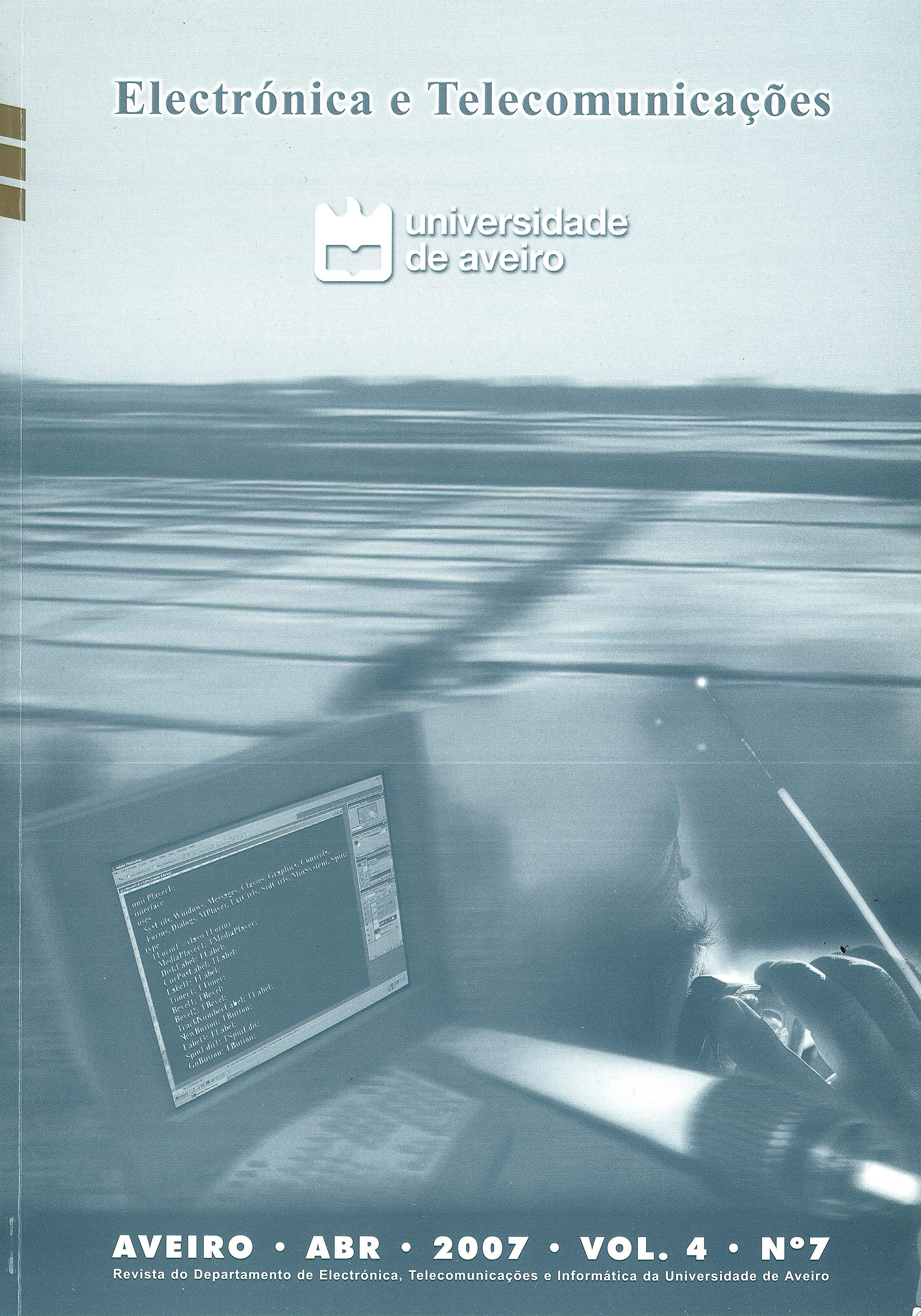Electroluminescence yield in xenon gas detectors
Resumo
The electroluminescence yield was studied for xenon gas as a function of the electric field in the scintillation region, for room temperature using a gas proportional scintillation counter. A large area avalanche photodiode was used for the readout of the VUV secondary scintillation produced in the gas, together with the 5.9-keV x-rays directly absorbed in the photodiode. Using the latter as a reference for the number of charge carriers produced by the scintillation pulse, it was possible to determine the number of VUV photons impinging the photodiode. This way, a scintillation amplification parameter of 140 photons/kV was obtained. The attained results are in good agreement with those predicted, for room temperature, by Monte Carlo simulation and Boltzmann calculations, as well as with those obtained for saturated xenon vapour, at cryogenic temperatures, and are about a factor of two higher than former results measured at room temperature.




